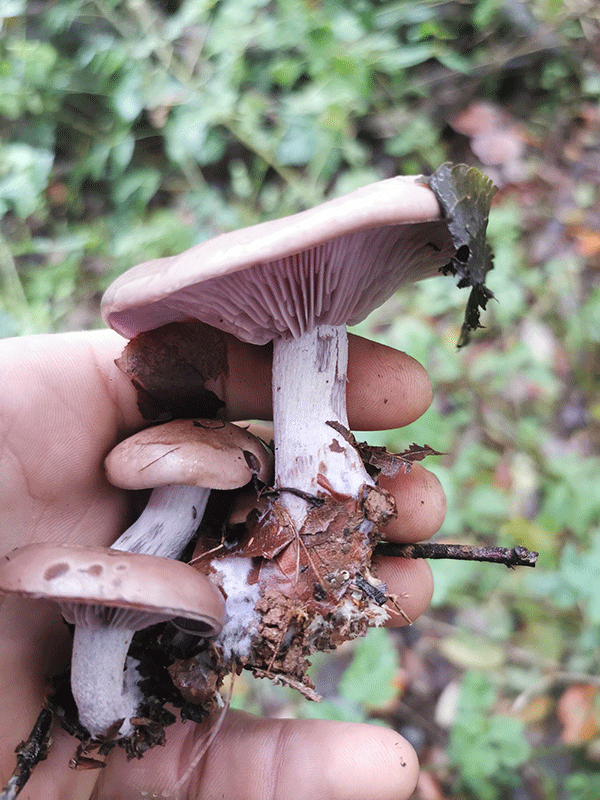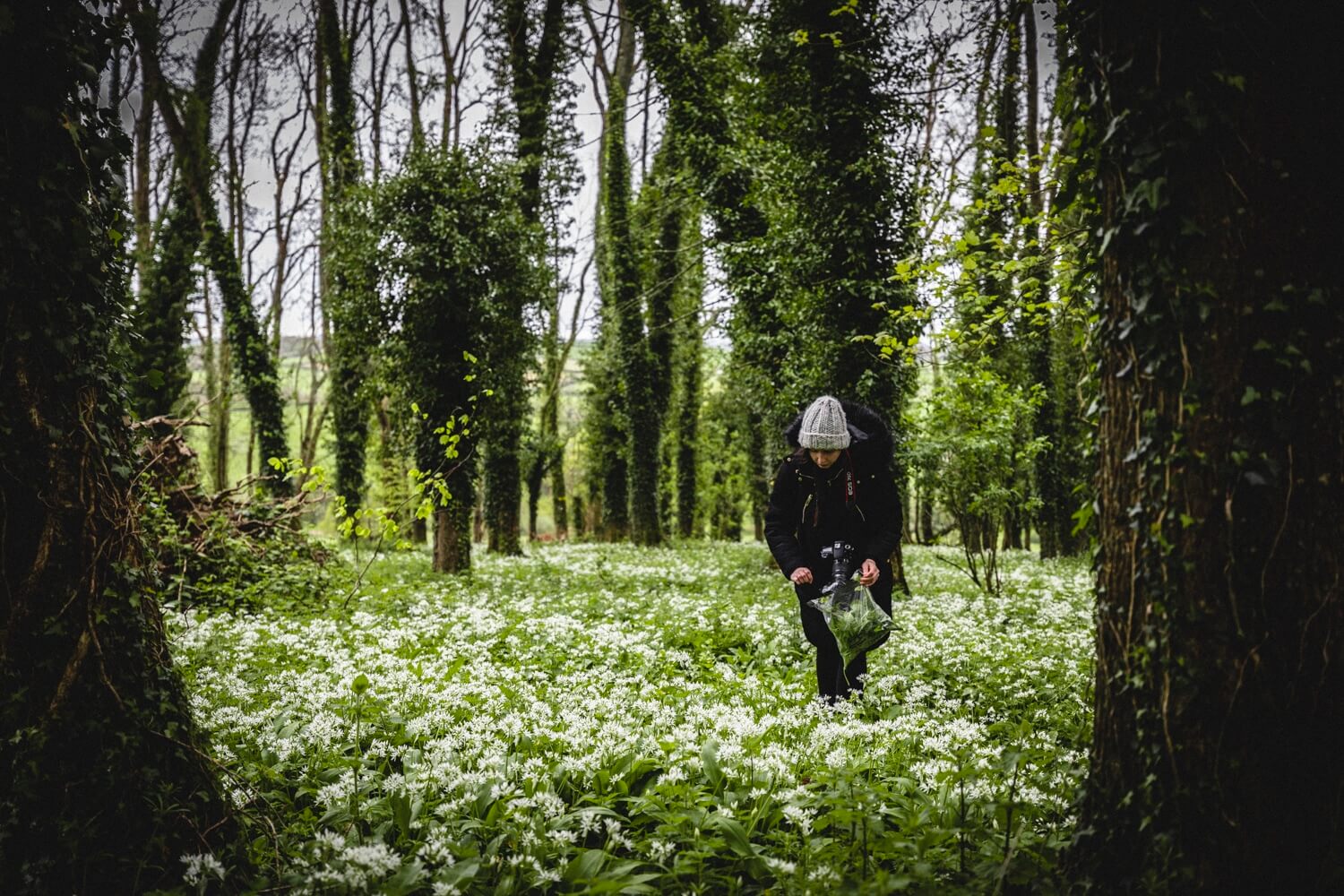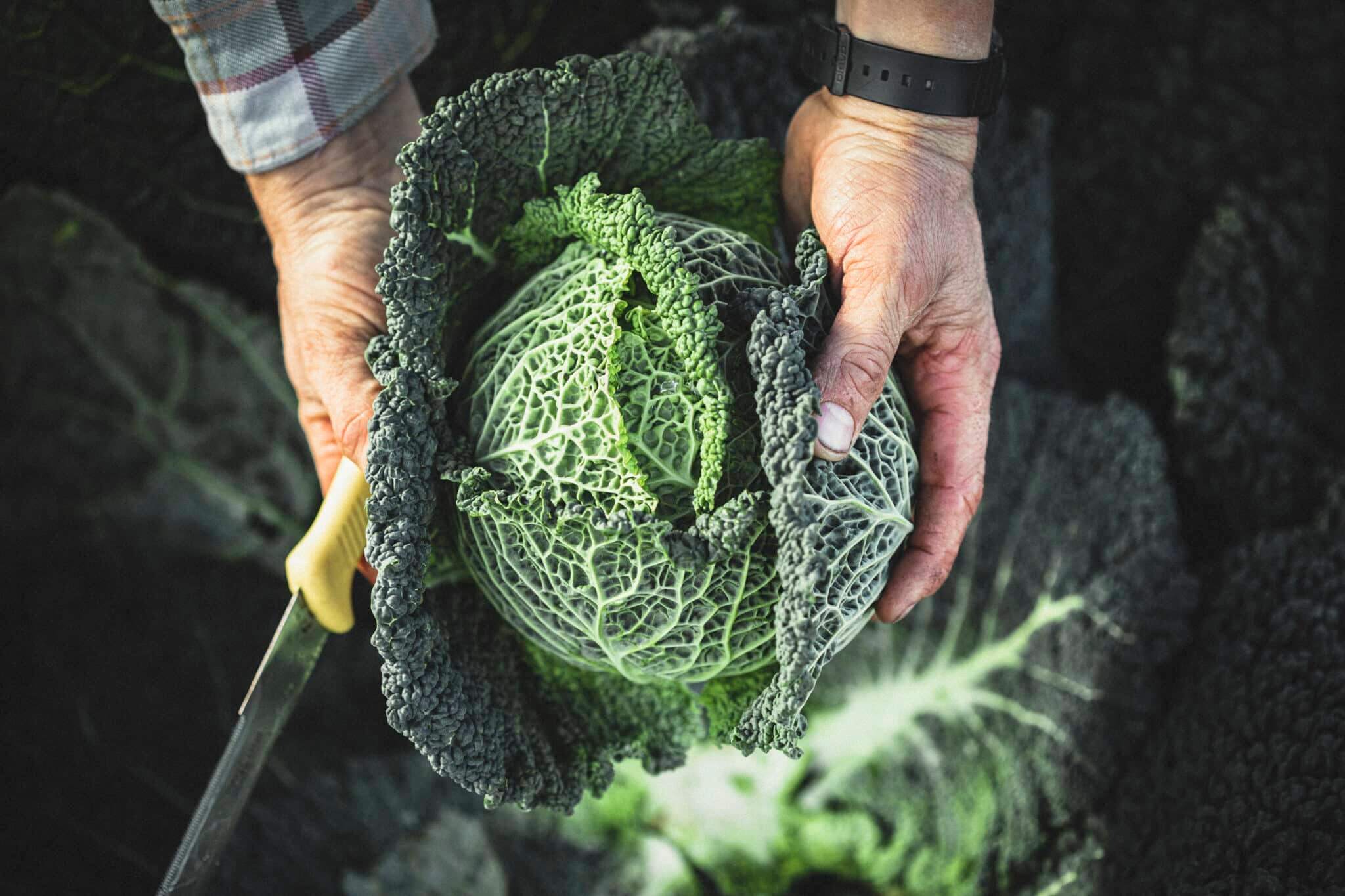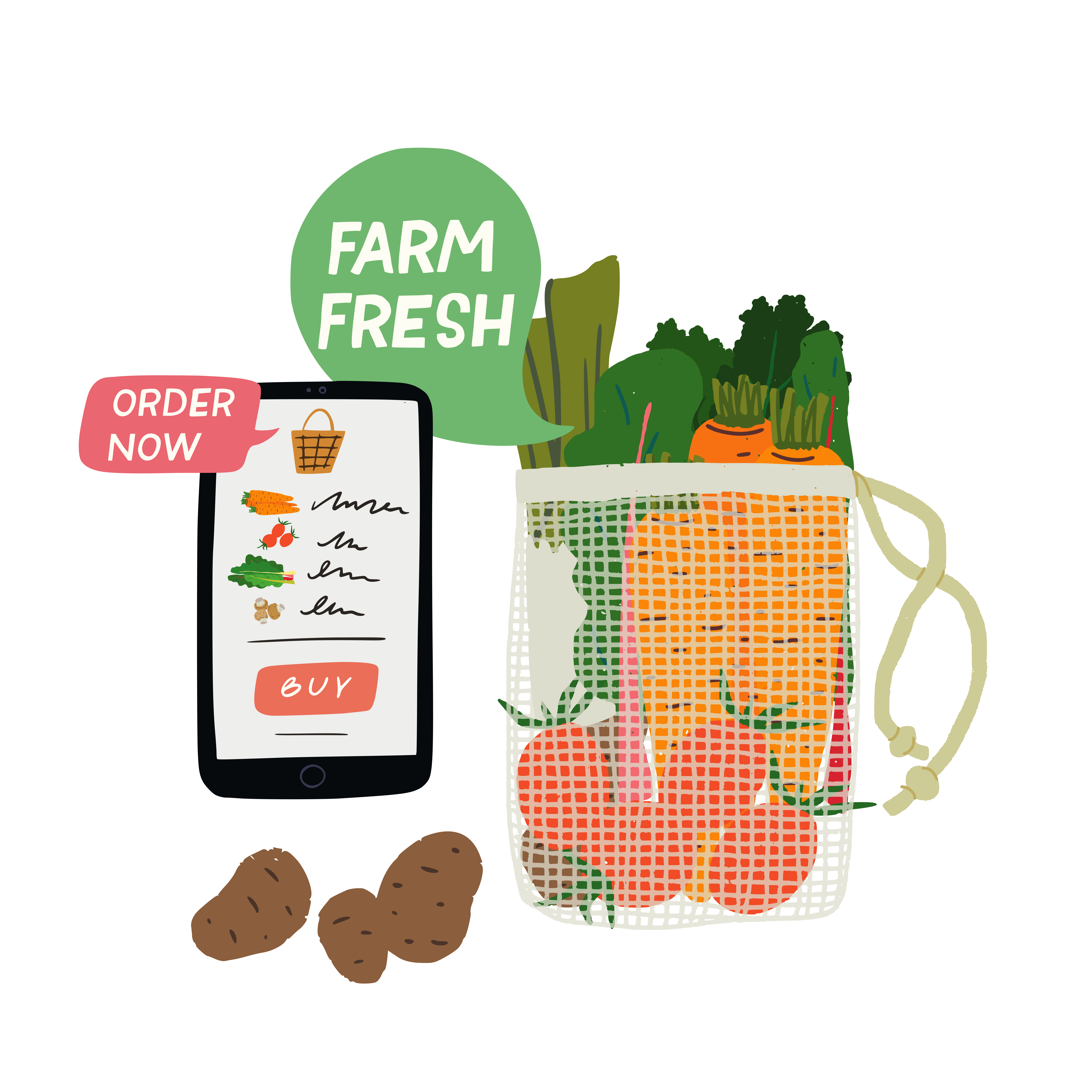The emergence of the first green flashes of wild garlic always heralds the coming of spring for me; it’s my favourite part of the foraging calendar. I love seeking out the green carpets of garlic in woodlands and savouring the first wild pesto of the season.
Foraging is a wonderful way to discover our native wild edibles and it also helps us to connect with the natural world around us. Perhaps it is this opportunity for immersion in nature, which many of us are longing for, that has driven the surge in popularity of foraging in recent years.
As the popularity of wild food soars and larger numbers of us are heading out foraging, it’s more important than ever to follow responsible guidelines.
Here are our tips for sustainable harvesting, letting you source what you need, while also respecting the plants, trees and mushrooms you are gathering. It’s important to think about your impact on the ecosystems and wildlife that may be depending on what you are gathering.
Be confident on identification
It’s essential to ensure you have correctly identified the plant you wish to forage. Investigate if there are any lookalike plants it may be confused with, especially poisonous ones. With wild garlic in mind, the scent is a strong indicator and once you know, you know. But it can be confused with the poisonous plants – lily-of-the-valley or lords and ladies both have similar leaves. There are many great foraging books and online resources. This also means you’ll avoid accidentally picking rare or protected species. Try this guide from Totally Wild as a good starting point.
Take only what you need
Take only what you plan to consume, picking small amounts from areas of abundance and leaving plenty behind. With wild garlic, taking three or four leaves from each cluster ensures the plant will continue to flourish. Move around to avoid over harvesting from one patch. Use buds and flowers very sparingly as these are the reproductive parts of the plants that will go to seed and ensure the continuation of the wild garlic patch.
Remember that others may be foraging in the same space, and plants and fungi need to produce seeds and spores to grow the next generation.

Minimise damage
Stick to paths where possible and take care not to damage or trample plants around where you are gathering. Pick leaves or berries carefully to avoid uprooting or damaging plant roots. Aim to leave the area as you found it.
Seek permission
Legally, you can forage anything (except endangered species) on any land if it is for personal consumption. However, it is essential to get the landowner’s permission to go onto private land for the purpose of foraging. When out in the countryside, stick to footpaths and take note of any signage in parks, nature reserves or on National Trust sites. Avoid: Sites of Special Scientific Interest (SSSIs) to avoid disturbing the ecosystem; consider that wild food on farmland may have been contaminated with pesticides; do avoid areas that might have been frequented as toilets by dogs.
This all usually becomes second nature once you begin to develop a relationship with the plants, wild foods and the landscape around them. But for those that are heading out for the first time, it’s important to consider your impact. If you’d like to enjoy wild garlic this spring without heading out to the woods, you can buy from organic veg box company Riverford where wild garlic is sustainably foraged, in rotation around several sites in south Devon and carefully sorted back at the packhouse.
Read more on how to forage and what to look for.
More on wild garlic
Explore the history of this vibrant ingredient.
Find our top wild garlic recipes.









Also, don’t forget nettles are at their most succulent this time of year. In autumn, the brown seeds are tasty on toast, like poppy seeds.
Even if you get stung a bit, it’s good for your body’s overall inflammation response (aka,”urtication”).
A great point Ani, nettles are another spring foraging highlight.
I read “Braiding Sweetgrass” recently, which talks about foraging with utmost respect for nature. Don’t take the first plant you find, in case it’s the only one; and “ask” first, by looking around to make sure the plants can afford to lose what you take.
I planted wild garlic on my allotment here in Cambridgeshire, and was so thrilled when it came back for its second spring this year. It still doesn’t look voluminous enough yet for me to harvest enough for pesto without compromising its health, so for the second year I’m resisting the temptation to take away any leaves… next year perhaps… I live in hope!
That book is on my list to read, thank you for pushing it to the top. Love the idea of asking the plants, I do this with my daughters when they want to pick any wild plant. It’s lovely to hear wild garlic is growing well on your allotment, fingers crossed for you it will be abundant enough to sample next year! Best wishes, Hannah